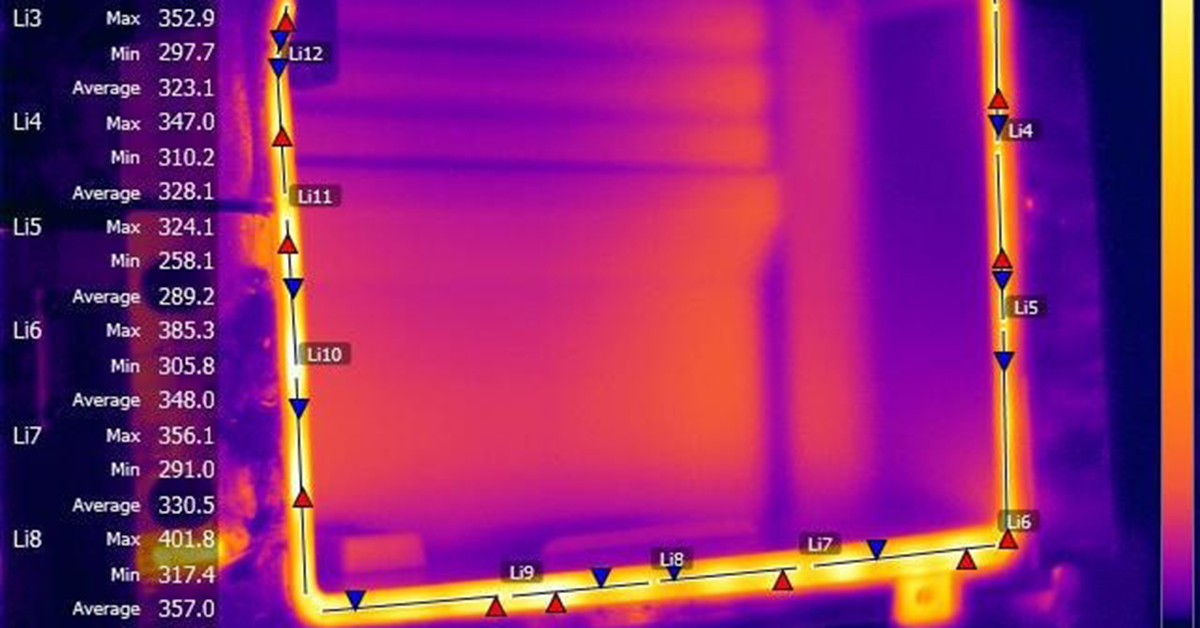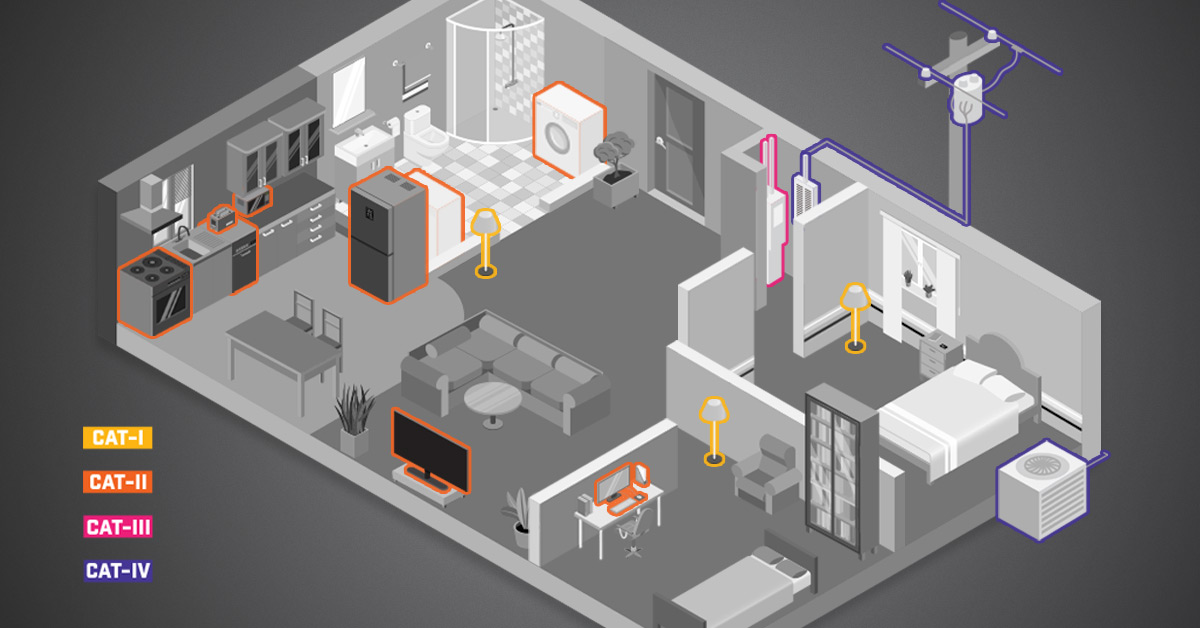UAS Solar Farm Inspection

FLIR Systems’ UAS thermal camera contributes to O&M improvement
Solar farm management costs the industry an estimated $1 billion per year in labor costs. In order to avoid unnecessary and unexpected costs, routine inspections are important to ensure everything is in proper working order. While these inspections are a critical element of operational efficiency, they can be both hazardous and tedious. An end-to-end inspection can be so labor-intensive that it may take weeks to perform solely with handheld test equipment. The secret lies in aerial thermal imaging kits provided by FLIR Systems.
INSPECT FROM THE AIR
As the necessity of photovoltaic operations and management (O&M) increases, stakeholders have turned to thermal imaging for inspections to find problems more quickly and efficiently. FLIR aerial thermal imaging kits make it easy to quickly inspect a large target area and pinpoint solar panel problems from the air. Solar panels that are not operating efficiently tend to have a different temperature signature than panels operating properly. Panels that are not operating at peak performance due to issues with inverters, combiners, string failures, module problems, trackers out of alignment, or even shading – become visible in seconds with thermal imaging.
FIND PROBLEMS IN MINUTES
Thermal imaging technology can help you detect hot spots instantly – transforming a half-day job into minutes. “The inspection of solar panels that once took half a day can be completed now in just 10 minutes or so,” says an ENETECH manager who provides maintenance service for solar power generation systems.
KEY BENEFITS
FLIR aerial thermal imaging kits are capable of detecting hot spots from 50 meters above the ground at a 300 kW level power station. You can view thermal images taken from the sky on a tablet at hand. This enables you to promptly locate abnormal spots and respond to the heat-induced swelling of the junction box on the back of the panel. You can also locate cluster defects by looking for discolored parts on the screen to promptly identify abnormal power spots. Early discovery is important especially for cluster defects that may cause a 33 percent power reduction in a solar panel. Incorporating thermal inspections into your routine maintenance plan will reduce your inspection times from weeks to hours when using a FLIR aerial thermal imaging solution. You’ll work more safely during inspections by reducing your exposure to the elements, and it will help improve your overall efficiency.


